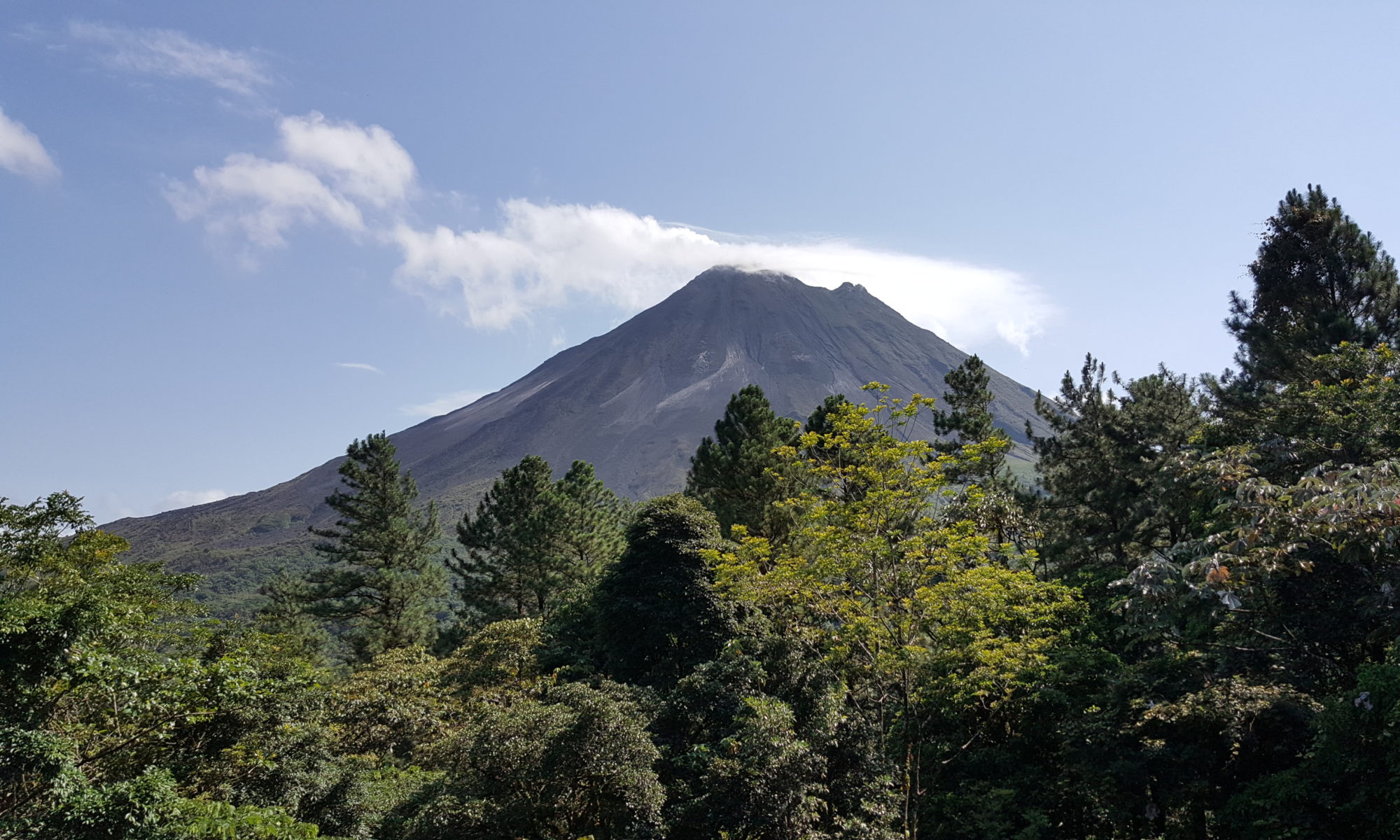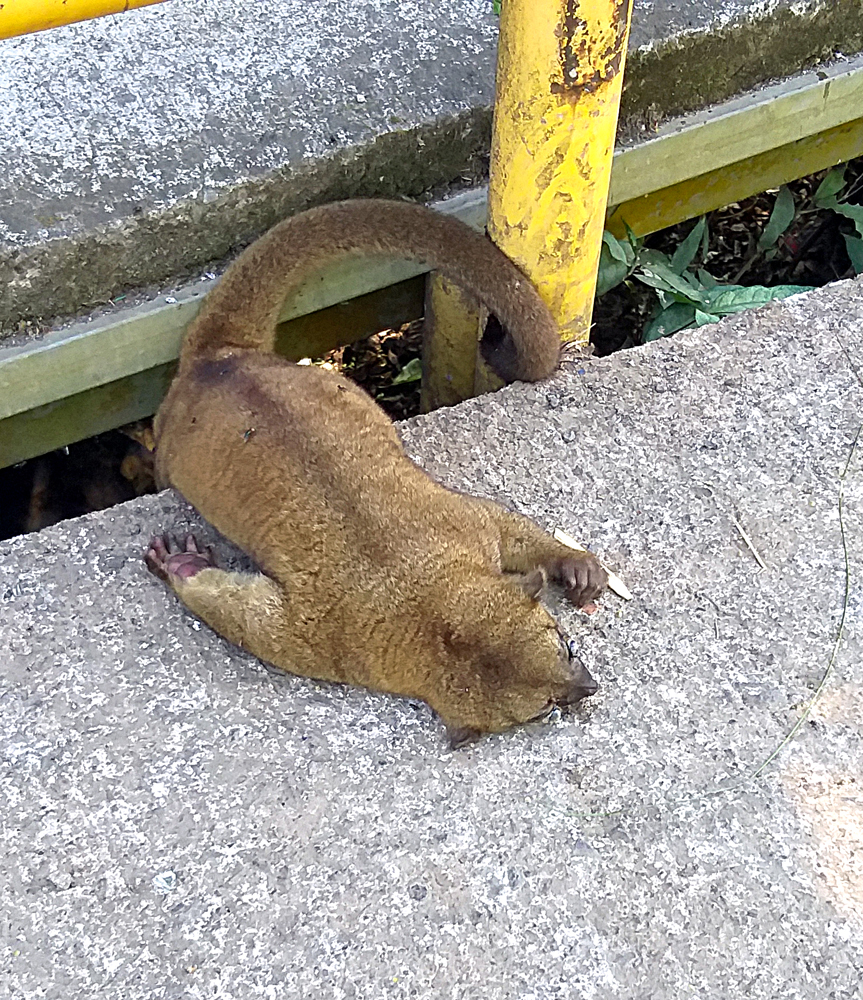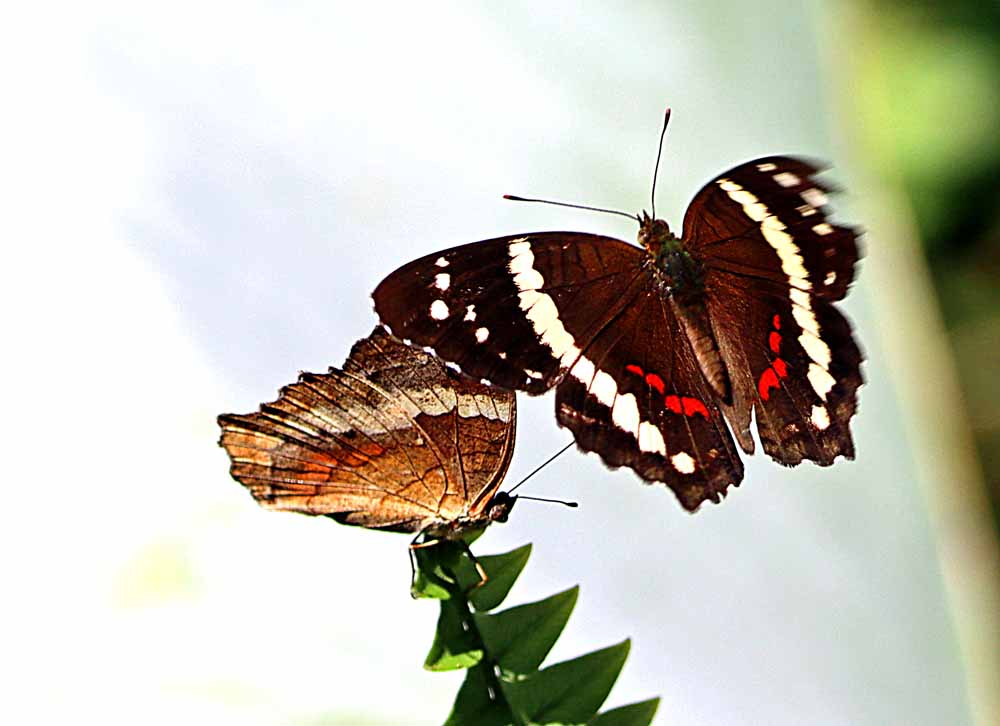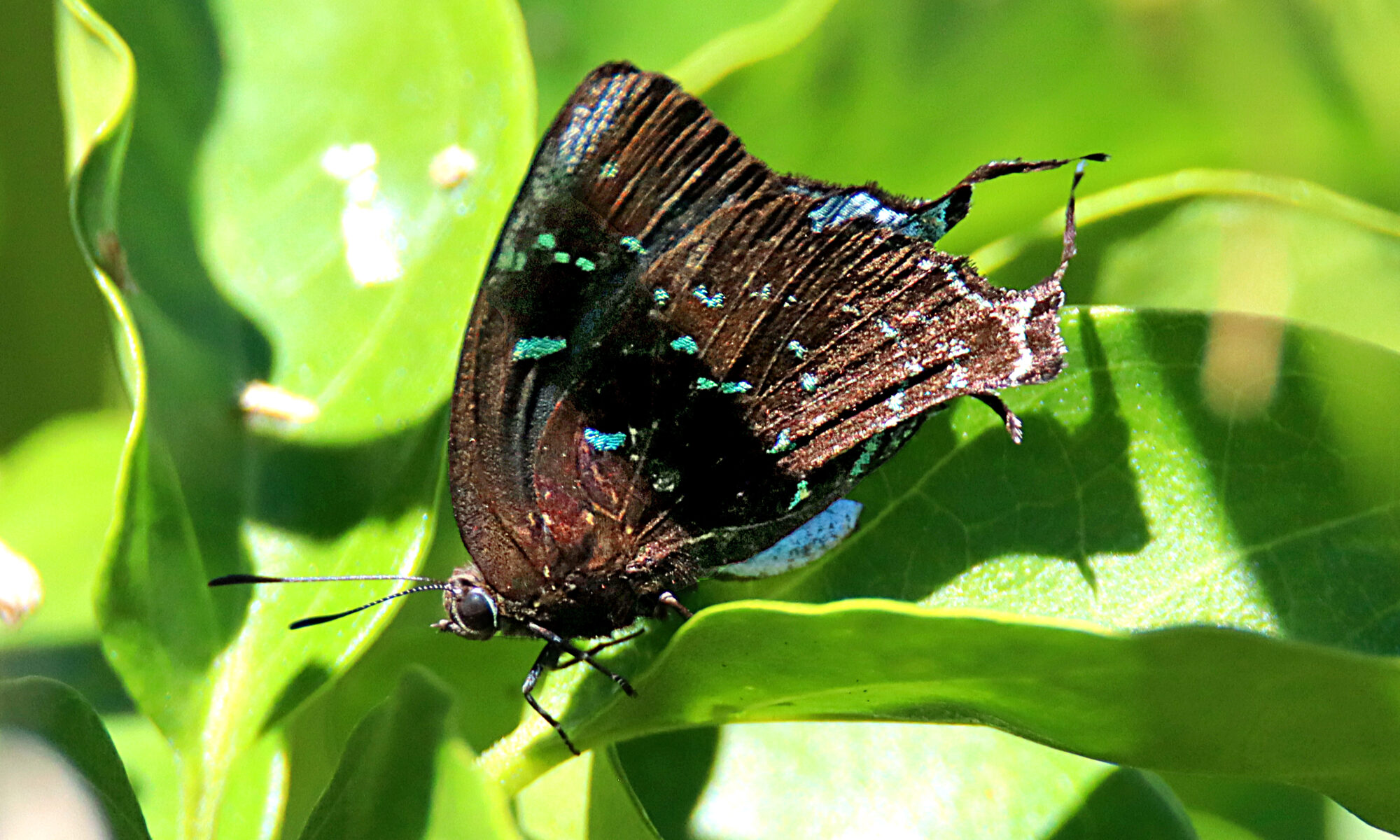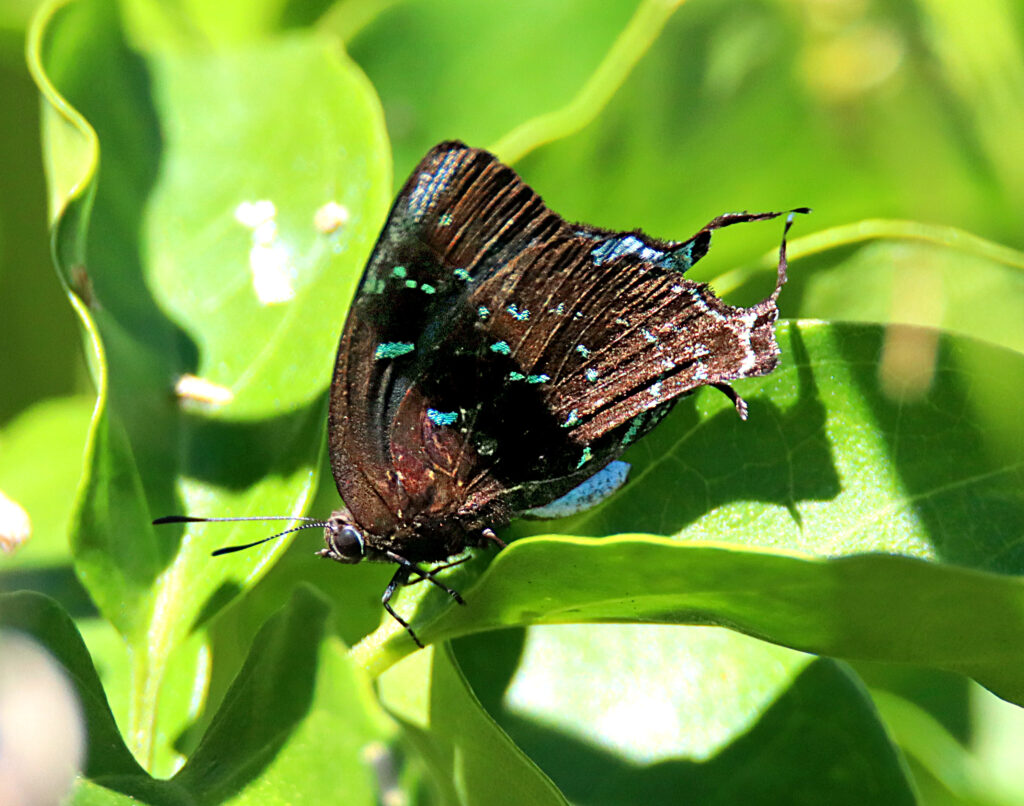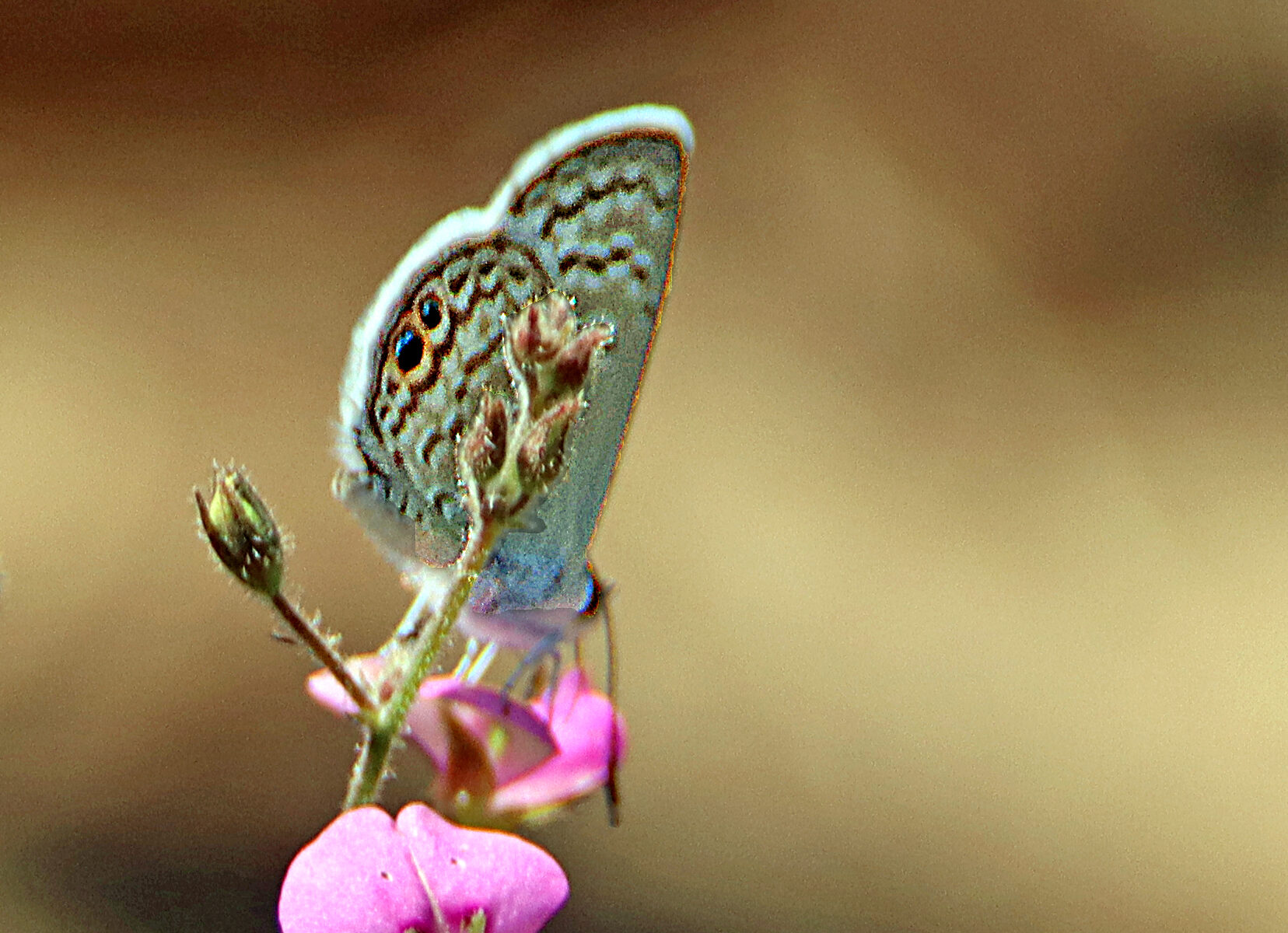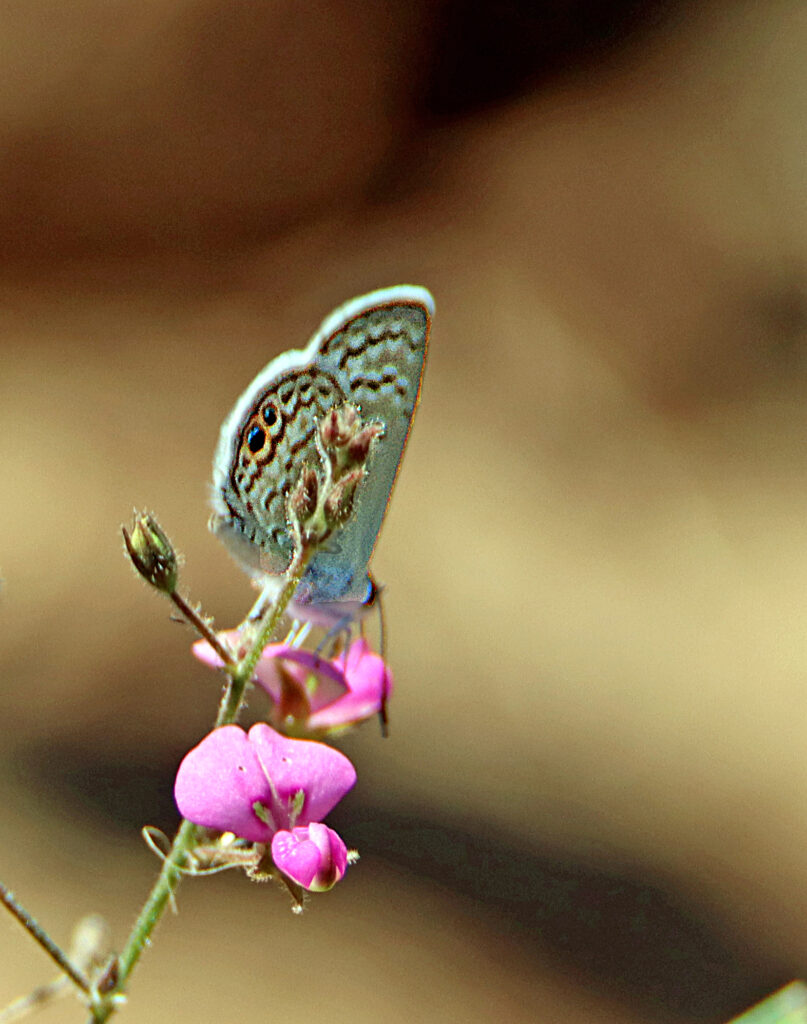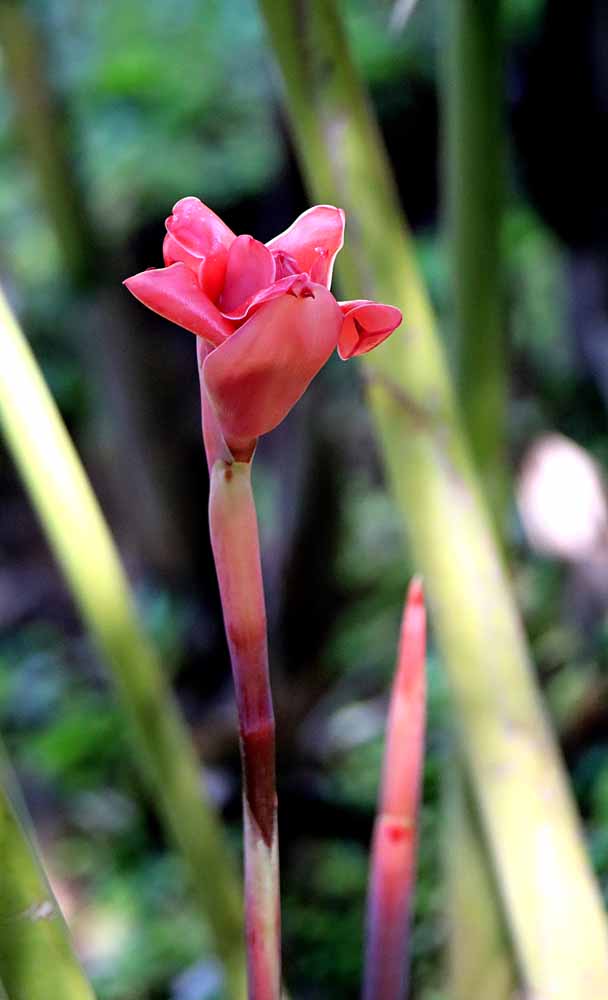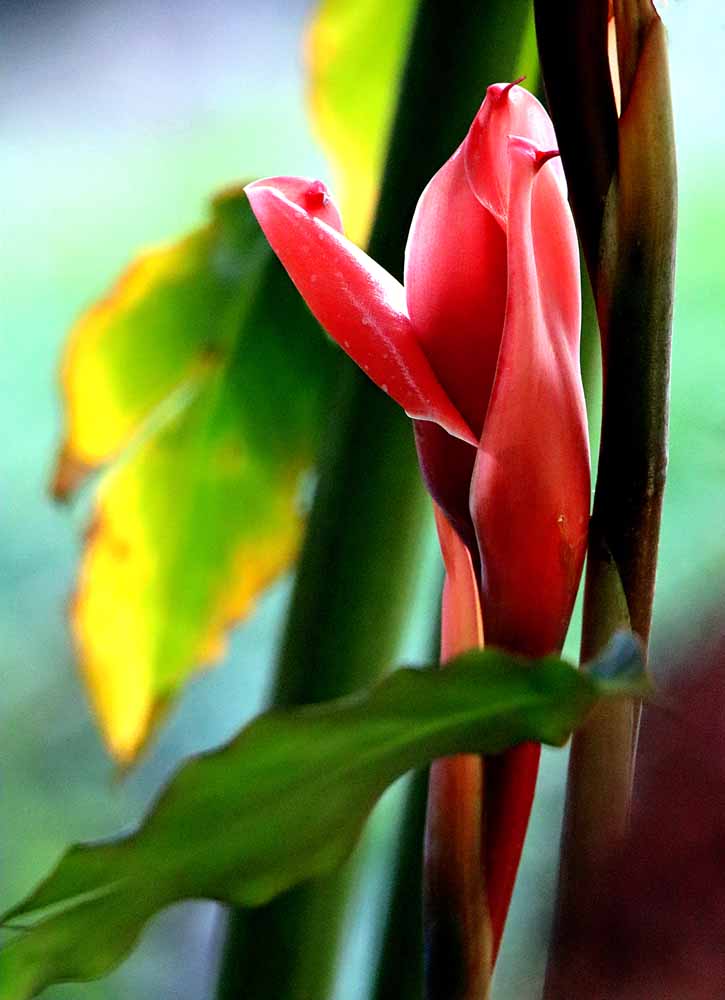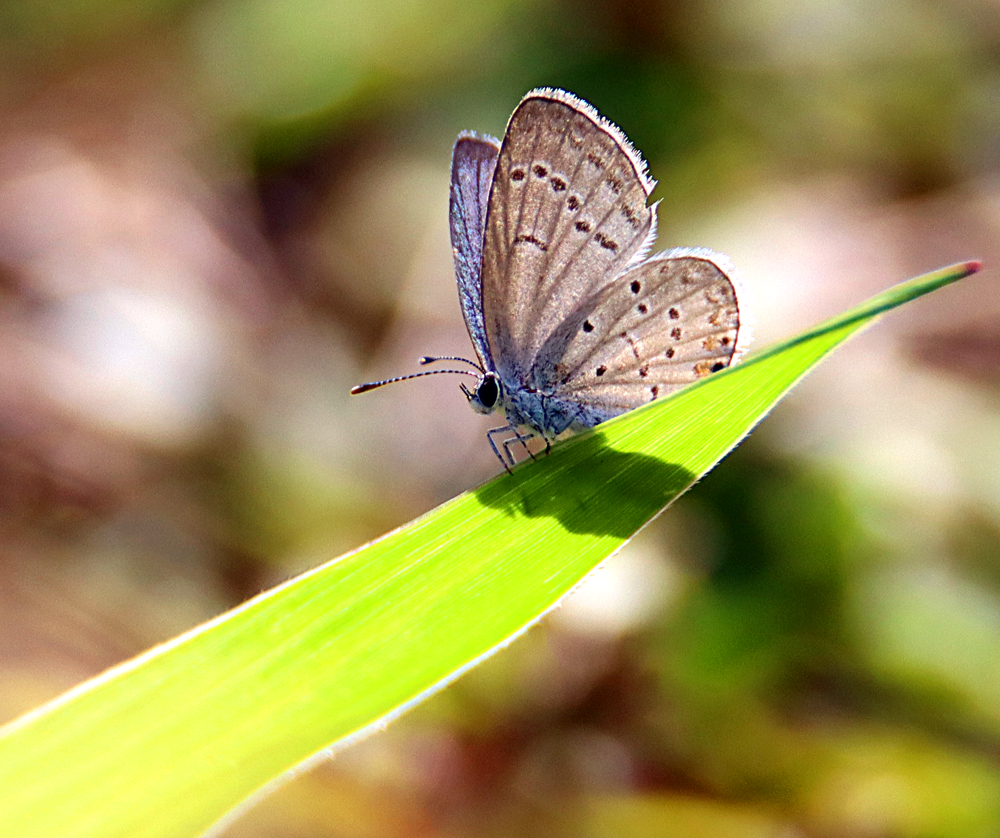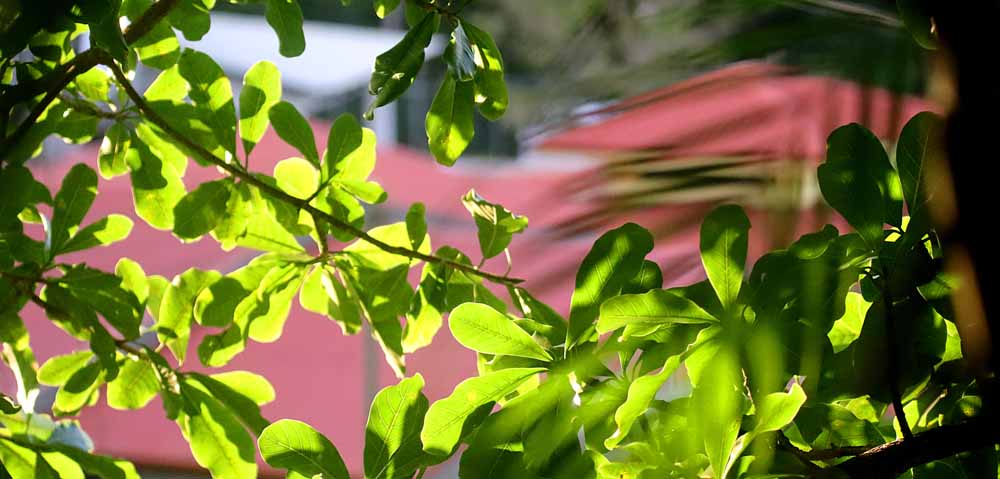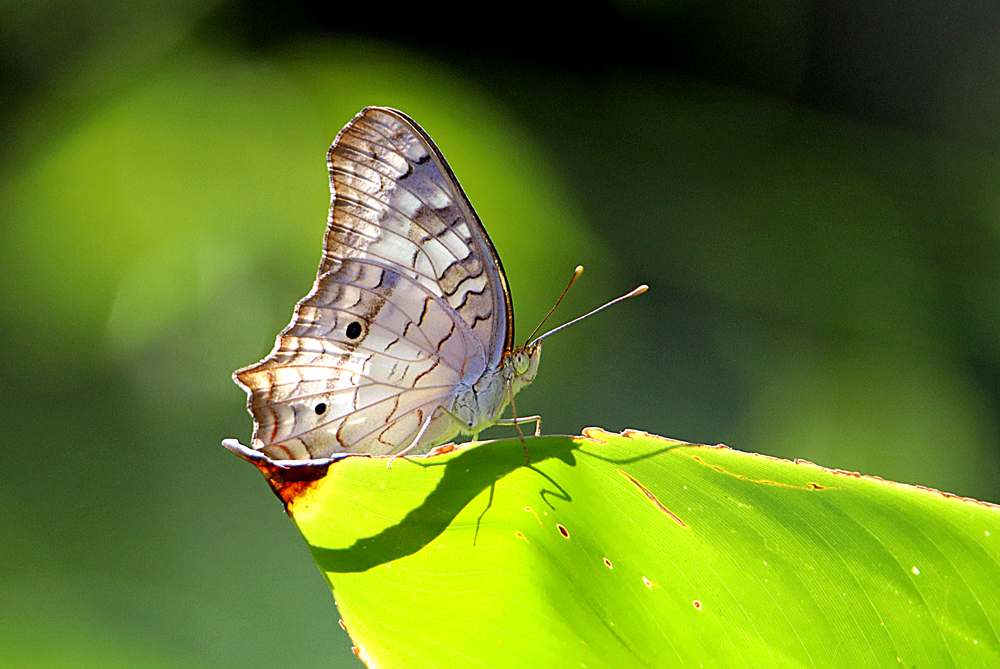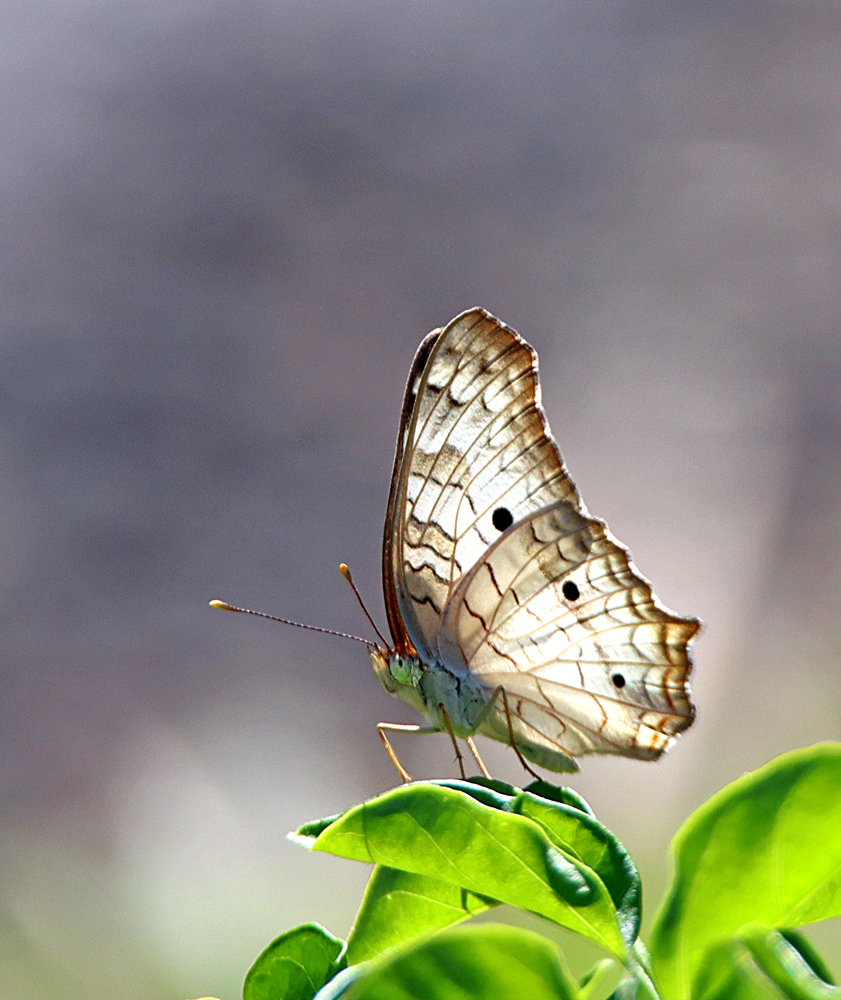At first, when I saw this insect in my bathroom, I thought it might be the ol’ “stink bug” I’ve seen in many places since a child in Arkansas, but I’ve learned that this insect, sometimes commonly called a “Snout Beetle,” is not a beetle at all, but one of 83,000 species of weevils world-wide or a part of the total 300,000 species of insects in Costa Rica. I could not find the number of weevil species in Costa Rica, though a lot is said here about Palm Weevils, but no book or website to identify. For now, this one will go into my insect galleries as an “Unidentified Weevil.” Click that link to see 3 different types I’ve photographed here. 🙂
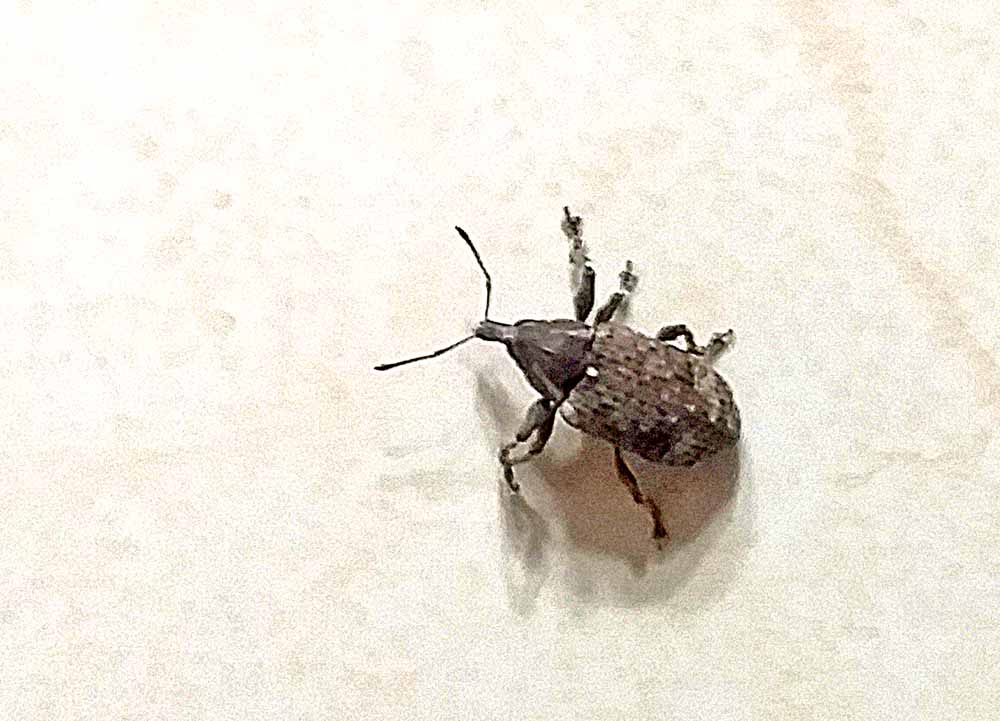
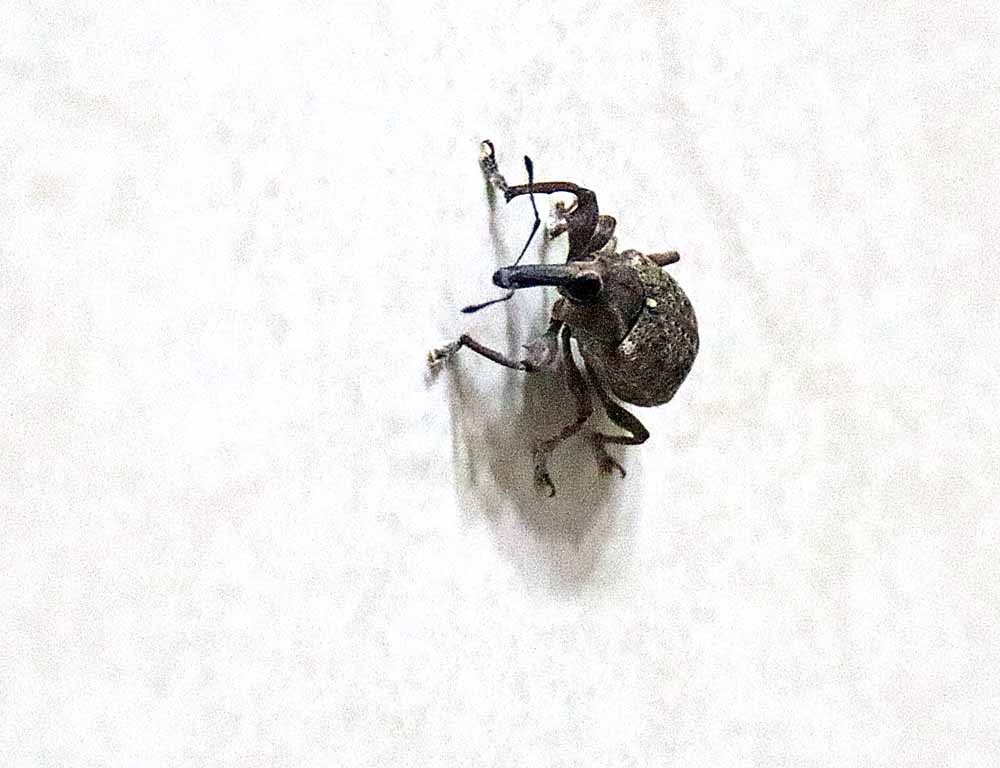
See my photo galleries of More Insects (other than butterflies).
¡Pura Vida!
